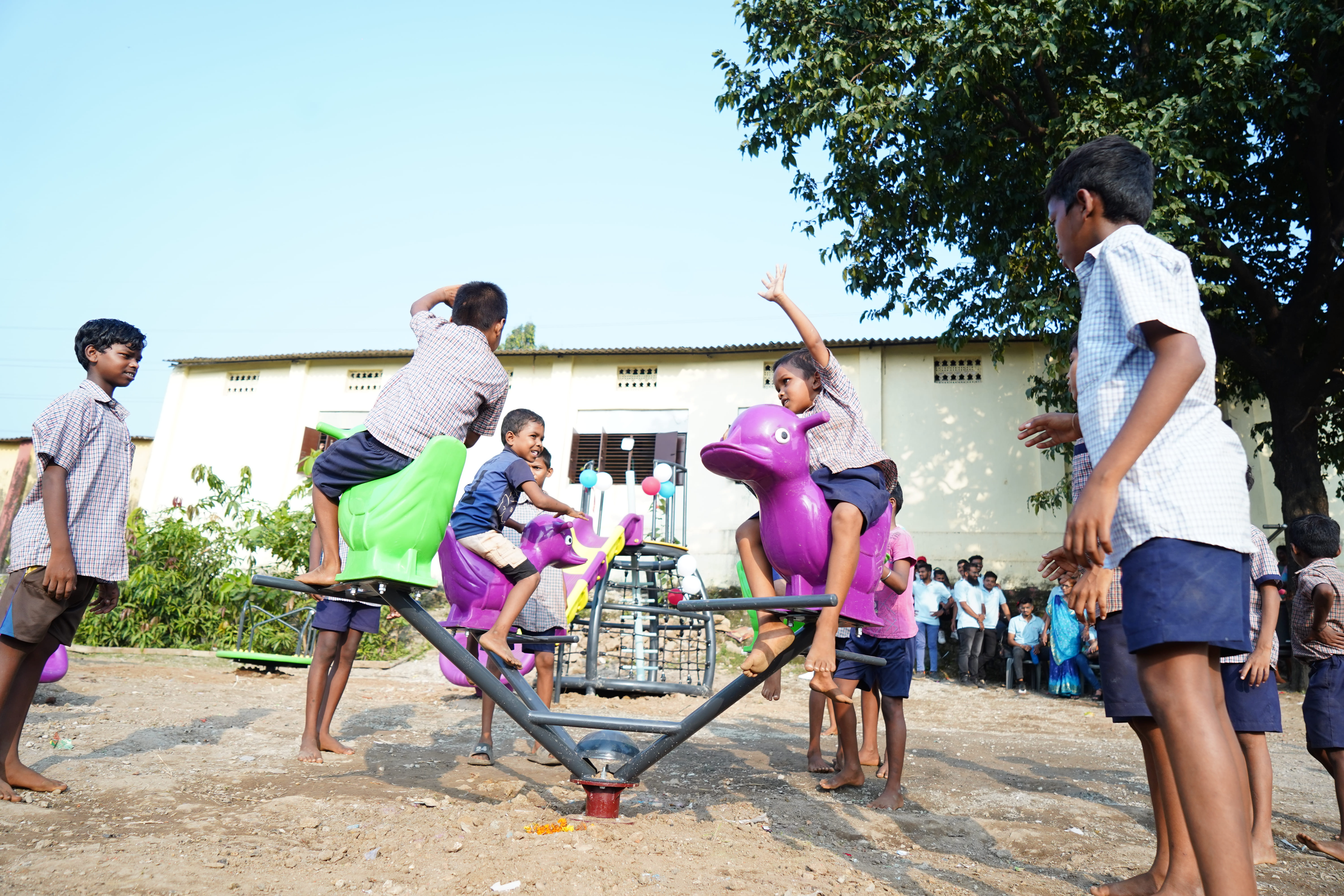Latest Posts
Loading latest posts...
Introduction:
Creating a safe and
child-friendly school playground is essential for every Indian
institution. A well-designed playground not only prevents injuries
but also supports holistic child development, encourages physical
activity, and builds social skills. In this guide,
FunPlay Systems shares expert tips
and best practices to help your school playground rank high for
safety, quality, and fun.
What’s safe for a 12-year-old may be risky for a 3-year-old. Playground planning should begin by defining age groups:
Look for ISI-marked or international-standard certified products. Good playground equipment should withstand Indian weather—monsoons, heat, dust—and daily use.
Recommended materials:
Falls happen. What matters is how safely kids land. Avoid plain concrete or tiles.
Safer options:

Crowded equipment leads to accidents. Maintain:
Design Tips:
Even the safest setup needs upkeep. Set a monthly inspection schedule to check:
Include: A checklist for staff to track maintenance cycles.
Install boards with easy-to-understand visuals:
Use multiple languages and pictograms, especially in diverse Indian schools.
FunPlay Systems is a trusted leader in certified playground equipment and safe design for Indian schools. Our team works with educators and architects to deliver age-appropriate, durable, and innovative play solutions. See our projects for real-world examples.
Rubber mats, foam tiles, or artificial turf work best for Indian weather and safety.
At least once a month. High-traffic schools may need weekly checks.
Ideally, zones should be separated to ensure safety and age-appropriate usage.
No official certification is required yet, but using certified equipment is highly recommended.
Making your school playground safe and child-friendly is a long-term investment in your students’ well-being and academic success. By following these best practices and partnering with FunPlay Systems, you can create a vibrant, secure, and engaging play environment that stands out in Google search and in your community.
Latest Posts
Loading latest posts...